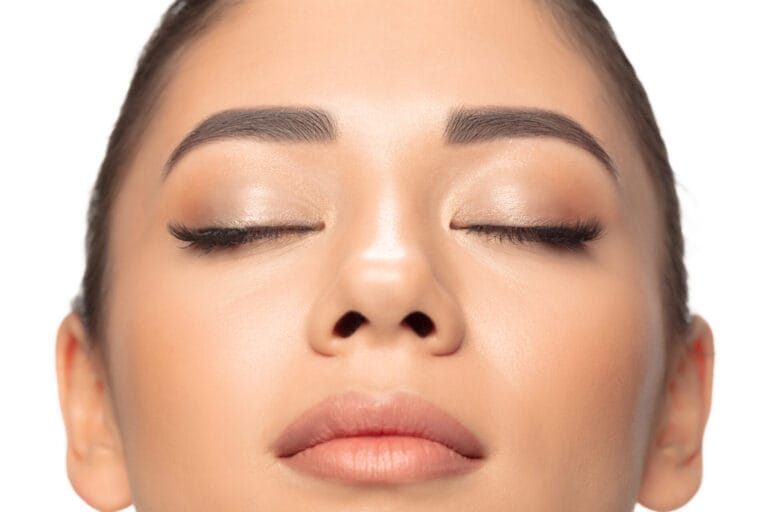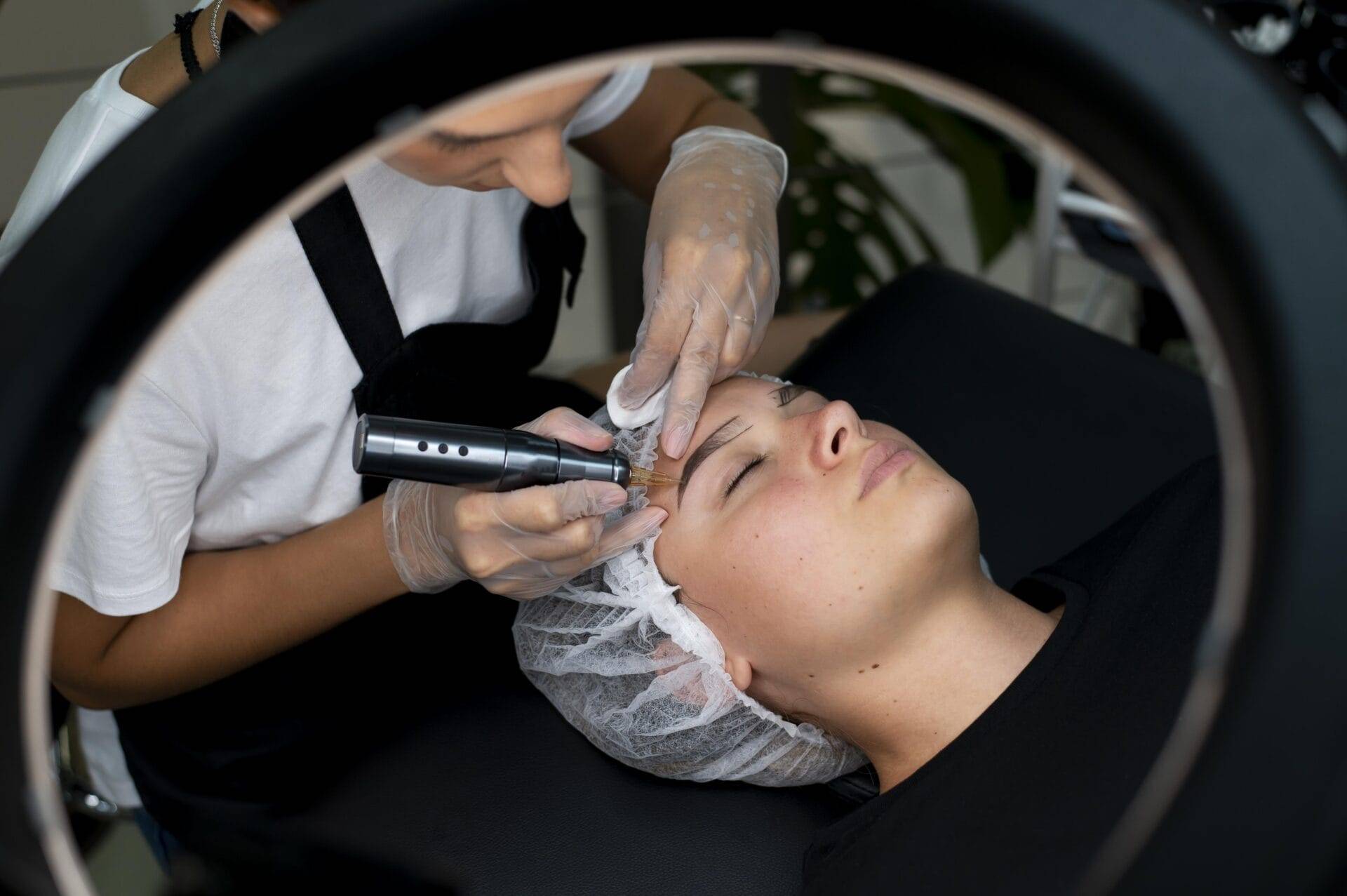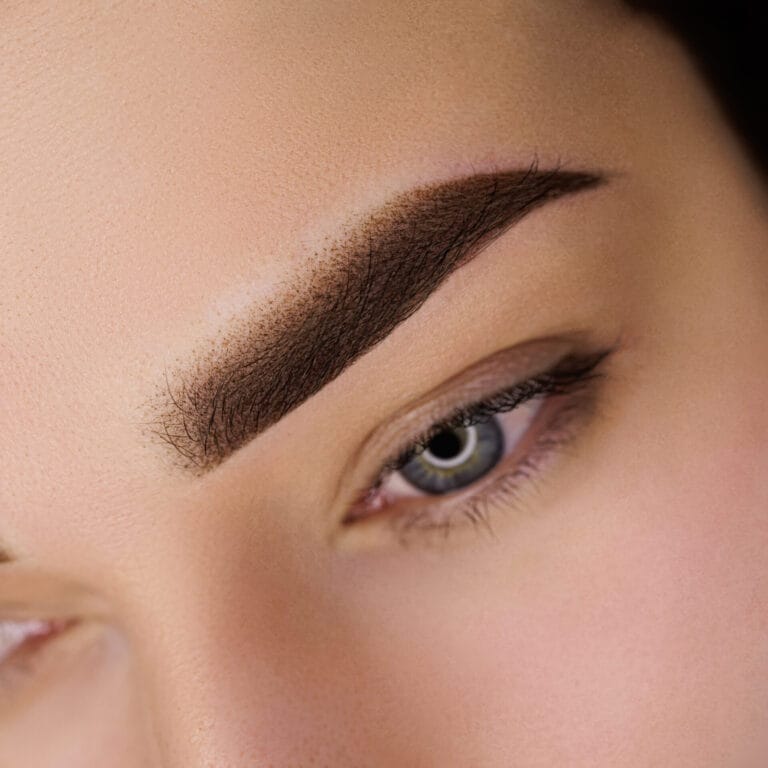Overview of Cosmetic Tattooing and Piercing
In today’s beauty landscape, cosmetic tattooing and piercing have emerged as popular techniques that offer individuals the opportunity to enhance their natural features and express their unique style. Cosmetic tattooing, often referred to as semi-permanent makeup, includes procedures such as eyebrow micropigmentation, eyeliner tattooing, and lip tinting. These techniques allow individuals to wake up with a polished look, eliminating the need for time-consuming daily makeup routines. On the other hand, body piercings have transcended mere aesthetics. They serve as a form of self-expression and can range from traditional ear piercings to more daring options like dermal anchors and facial piercings. With the rise in popularity, it becomes essential to understand the facts surrounding these beauty procedures to avoid misconceptions that may deter potential enthusiasts.
Importance of Debunking Myths
Unfortunately, alongside the rise of cosmetic tattooing and piercing, numerous myths have surfaced, creating unnecessary fears and misconceptions. These myths can lead to hesitation and reluctance when considering these aesthetic enhancements. It’s important to sort through the noise and provide accurate information, so individuals can make informed decisions regarding their beauty choices. Some common myths include:
- “Cosmetic tattoos are permanent”— A misunderstanding that can dissuade many from trying them.
- “Piercings always get infected”— An exaggerated idea that undermines the beauty of body art.
- “All cosmetic tattooists are equal”— A notion that overlooks the extensive training and skill differences among practitioners.
By addressing these myths, we not only provide clarity but also empower individuals to embrace cosmetic tattooing and piercing confidently. Personal experiences often reveal the benefits of correctly executed procedures, making it essential to differentiate fact from fiction. After all, knowledge is power—especially when it comes to decisions about personal appearance and self-expression.
Myth 1: Cosmetic Tattoos are Permanent

Explanation of Semi-Permanent Makeup
One of the most prevalent misconceptions about cosmetic tattoos is the belief that they are permanent. This myth often stems from the terminology used—many refer to it as “tattooing.” However, it’s crucial to understand that cosmetic tattoos typically involve the application of semi-permanent makeup. Semi-permanent makeup is designed to enhance features without the commitment associated with traditional tattoos. The pigments used are not as deeply embedded into the skin; as a result, they gradually fade over time. For instance, my friend Sarah opted for eyebrow microblading to fill in her sparse brows. After a year and a half, she noticed that the color had softened, allowing her to switch to a different shade if she desired a change. Key characteristics of semi-permanent makeup include:
- Fades over time: Unlike permanent tattoos, the effects of semi-permanent makeup can last anywhere from one to three years.
- Customizable: Touch-ups can easily be performed when the color begins to fade, enabling a fresh look without starting from scratch.
- Natural appearance: Semi-permanent makeup mimics natural features more closely than traditional tattoos, making it a sought-after option for many.
Factors Affecting Tattoo Fading
Several factors contribute to the longevity and fading of cosmetic tattoos, including:
- Skin Type: Oily skin may cause pigments to fade more rapidly, while drier skin types may retain color longer.
- Sun Exposure: Ultraviolet rays can break down pigments, leading to quicker fading. Using SPF can help prolong the look.
- Aftercare: Following post-procedure care recommendations helps maintain vibrancy. Proper skincare, including moisturizing and avoiding exfoliating products, is essential.
Understanding these elements empowers individuals to comfortably invest in semi-permanent cosmetics. The fading nature of these tattoos offers flexibility, allowing personal expression to evolve over time and ensuring the experience is both enjoyable and low-risk.
Myth 2: Piercings Always Get Infected
Proper Piercing Aftercare
Another common myth surrounding body piercings is the belief that they always result in infections. This misconception often leads to undue fear, discouraging individuals from exploring body art. In reality, while infections are a possibility, they can be largely avoided with attentive care and proper procedures. When my sister decided to get her nose pierced, she made sure to follow the aftercare instructions provided by her piercer meticulously. This included:
- Cleaning the piercing: Using a saline solution or a non-alcoholic antiseptic to gently clean the area twice a day.
- Avoiding touching: Keeping hands off the new piercing to prevent transferring bacteria.
- Wearing breathable jewelry: Selecting high-quality materials such as surgical stainless steel or titanium to minimize irritation.
By sticking to these basic aftercare guidelines, she experienced a smooth healing process without any infections, showcasing that diligent care can make all the difference.
Risks Associated with Poorly Done Piercings
Although infections can be prevented, it’s essential to recognize the factors that contribute to complications. Poorly executed piercings, especially those performed in unsanitary conditions or by untrained individuals, can significantly increase infection risks. Key risks include:
- Inadequate sterilization: Tools that aren’t properly cleaned can harbor harmful bacteria.
- Improper technique: A poorly placed pierce can lead to excessive irritation, pain, and a higher likelihood of infection.
- Subpar materials: Using inexpensive earrings made from inferior metals can cause allergic reactions and irritation.
Always prioritize safety by choosing reputable studios with experienced piercers. Look for establishments that maintain cleanliness and transparency about their methods. A quick conversation with the piercer about their experience and aftercare recommendations can build confidence in the process. In the end, by debunking the myth that all piercings lead to infections, individuals can move forward confidently in their journey of self-expression through body art. Taking the necessary precautions can provide a fulfilling and worry-free experience.
Myth 3: Cosmetic Tattoos Can’t be Removed

Methods of Tattoo Removal
A prevalent myth in the world of cosmetic tattooing is that once a tattoo is applied, it’s there for life. Fortunately, this couldn’t be further from the truth. Various effective methods are available for those who choose to remove or alter their cosmetic tattoos. Among the most common methods are:
- Laser Tattoo Removal: This is the most popular option, where specialized lasers are used to break down pigment particles in the skin. The body then gradually absorbs these particles over time. Many clients have found success with this method.
- Saline Tattoo Removal: Using a saline solution, this technique works by breaking up the ink in a way similar to laser removal. It’s particularly effective for semi-permanent makeup and may be less invasive than lasers.
- Tattoo Removal Creams: While these creams are marketed as an option for at-home removal, results can vary dramatically, and they may not be as effective as professional methods.
When my friend Lucy decided she wanted to remove her eyebrow tattoo due to a change in style preference, she opted for laser removal. She was pleased to see progressive fading almost immediately, which gave her the confidence to recreate her brows in the shape she preferred.
Consultation with a Tattoo Removal Specialist
Before embarking on any removal journey, consulting with a tattoo removal specialist is crucial. Here’s why:
- Expert Guidance: A specialist can help evaluate the tattoo, skin type, and remove the ink effectively and safely. They will provide a realistic expectation of the outcome and the number of sessions required.
- Customized Plans: Different tattoos require different approaches, and specialists can tailor their methods accordingly. They will consider your unique situation to develop a suitable removal plan.
- Aftercare Recommendations: Proper aftercare following each removal session is essential for optimal results.
It is essential to do thorough research when selecting a specialist; looking for reviews and testimonials can ensure that you choose someone experienced and trustworthy. By debunking this myth, individuals can feel more at ease knowing that there are options available if they wish to make a change in their cosmetic tattoos. Understanding the removal process empowers them to embrace their choices with confidence.
Myth 4: All Cosmetic Tattooists are Equal

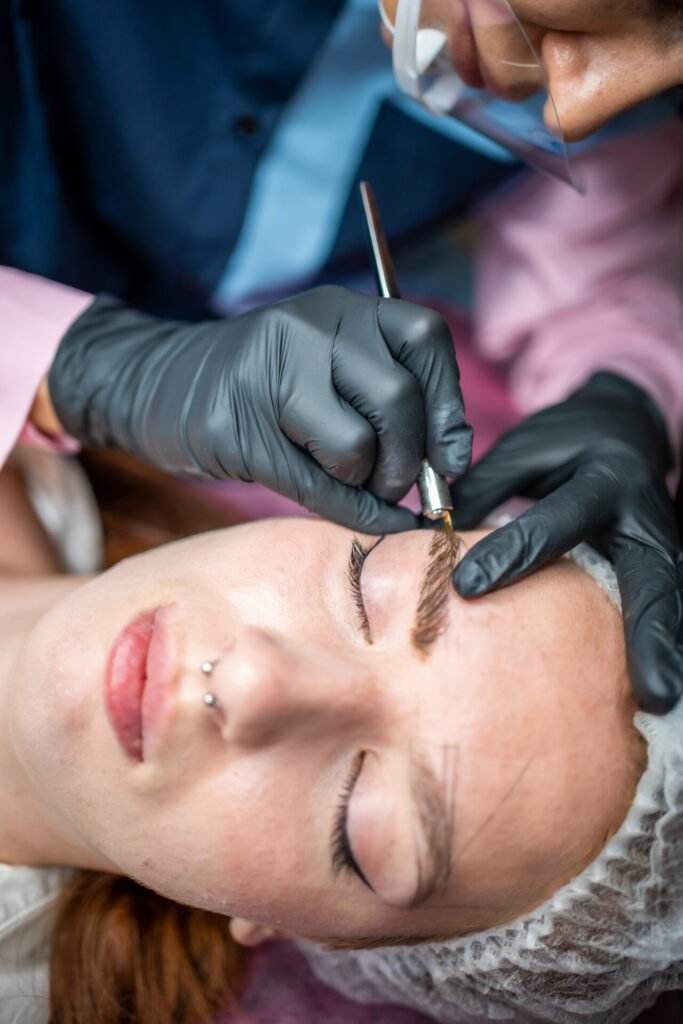
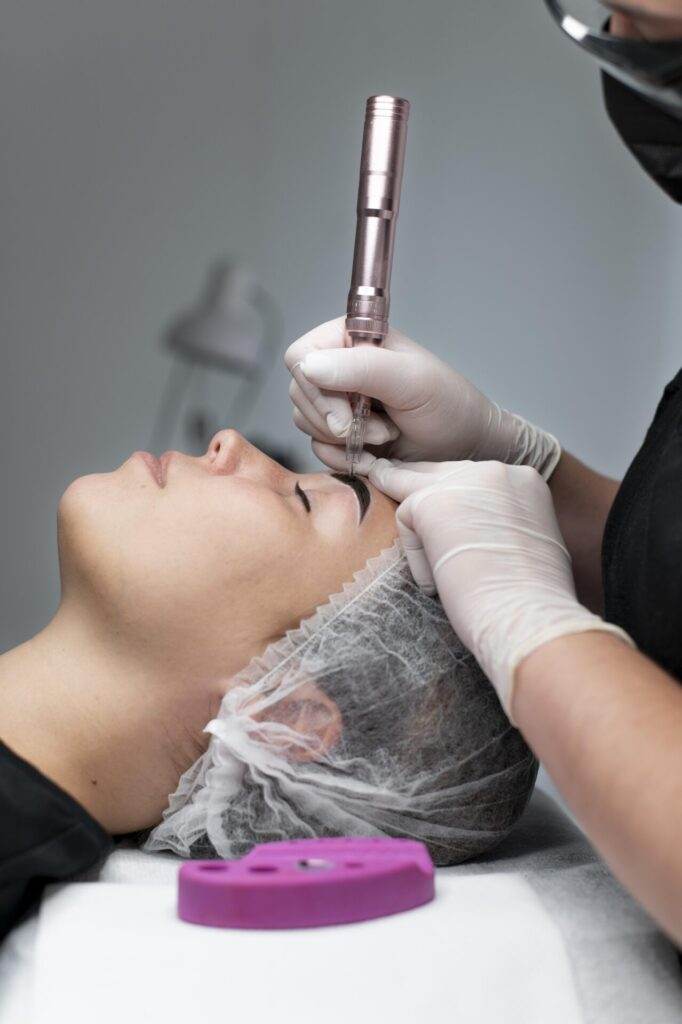
Importance of Researching Tattoo Artists
A myth that often circulates in the realm of cosmetic tattooing is that all practitioners are created equal. However, just like in any profession, there are varying levels of skill, experience, and artistry among cosmetic tattooists. Choosing the right artist is crucial for achieving satisfactory results and minimizing the risk of complications. When my colleague Jenna decided to get her lips tinted, she initially thought any tattoo artist would suffice. However, after doing her research, she realized the importance of checking an artist’s credentials, portfolio, and reviews from previous clients. Some key factors to consider:
- Portfolio Quality: Review before and after photos to gauge their style and consistency in results.
- Client Testimonials: Feedback from previous clients can reveal insights into the artist’s professionalism and skill level.
- Specialization: Some tattooists might specialize in certain techniques or styles, which may align better with your desired outcome.
Jenna ended up selecting an artist renowned for their lip blush technique, which made all the difference in her experience and satisfaction.
Understanding Certification and Training
One of the most critical aspects of choosing a cosmetic tattooist is understanding their certification and training. Here’s what to look for:
- Certification Programs: A qualified artist should have completed a recognized training program in cosmetic tattooing. This training provides them with the necessary skills to perform the procedure safely and effectively.
- Continuing Education: The beauty industry is constantly evolving, and so are techniques. Artists who engage in ongoing education are more likely to stay updated on the latest trends, safety protocols, and innovative techniques.
- Hygiene Practices: A certified artist will adhere to strict hygiene standards, ensuring a safe and sterile environment. This is paramount to preventing infections and complications.
By taking the time to research and understand the qualifications of a cosmetic tattooist, individuals can make informed decisions that lead to positive outcomes. This not only enhances the safety of the procedures but also ensures that clients leave with results they love. In a field where artistry and skill matter immensely, the right choice can make all the difference in transforming one’s appearance.
Myth 5: Piercings Don’t Require Professional Attention
Risks of DIY Piercings
In the age of do-it-yourself (DIY) culture, the myth that piercings can be done effectively at home without any professional assistance is increasingly prevalent. While the allure of saving money and taking control of one’s body may be tempting, the risks associated with DIY piercings far outweigh the benefits. For instance, when my friend Mark attempted to pierce his own cartilage, he quickly realized he had underestimated the process. Instead of a straightforward experience, he encountered multiple issues, including:
- Infection Risks: Without proper sterilization of tools and the environment, the chance of introducing bacteria into the piercing site rises significantly.
- Improper Placement: Self-piercing often results in incorrect angles or placements, leading to unsatisfactory results or painful outcomes.
- Injury Potential: Attempting to pierce a body part yourself can lead to accidental injuries, such as excessive bleeding or damage to surrounding tissues.
Following his experience, Mark learned the importance of seeking professional help and the advantages of expertise in body modifications.
Benefits of Seeking Professional Piercing Services
Opting for professional piercing services not only enhances safety but also ensures a more comfortable and informed experience. The advantages include:
- Expert Knowledge: Professional piercers are trained to know the human anatomy, which allows them to pierce in a way that minimizes pain and maximizes healing potential.
- Sterile Environment: A licensed piercing studio adheres to strict hygiene protocols, reducing the risk of infections. Tools are sterilized, and single-use items are utilized where applicable.
- Quality Materials: Professionals use high-quality jewelry materials that are safe and comfortable for the body, significantly cutting down the chances of allergic reactions.
- Aftercare Guidance: After a professional piercing, clients receive detailed aftercare instructions, which play a vital role in the healing process and overall success.
A professional touch can make all the difference when it comes to body piercings. This eliminates the anxiety and hazards associated with DIY attempts while ensuring that the piercing is performed safely and skillfully. Understanding these aspects can encourage individuals to commit to a positive piercing experience—one marked by confidence, safety, and a stylish outcome.


